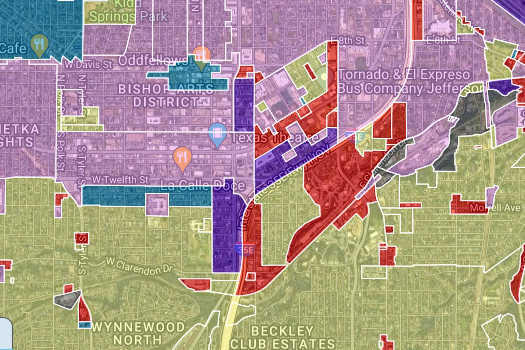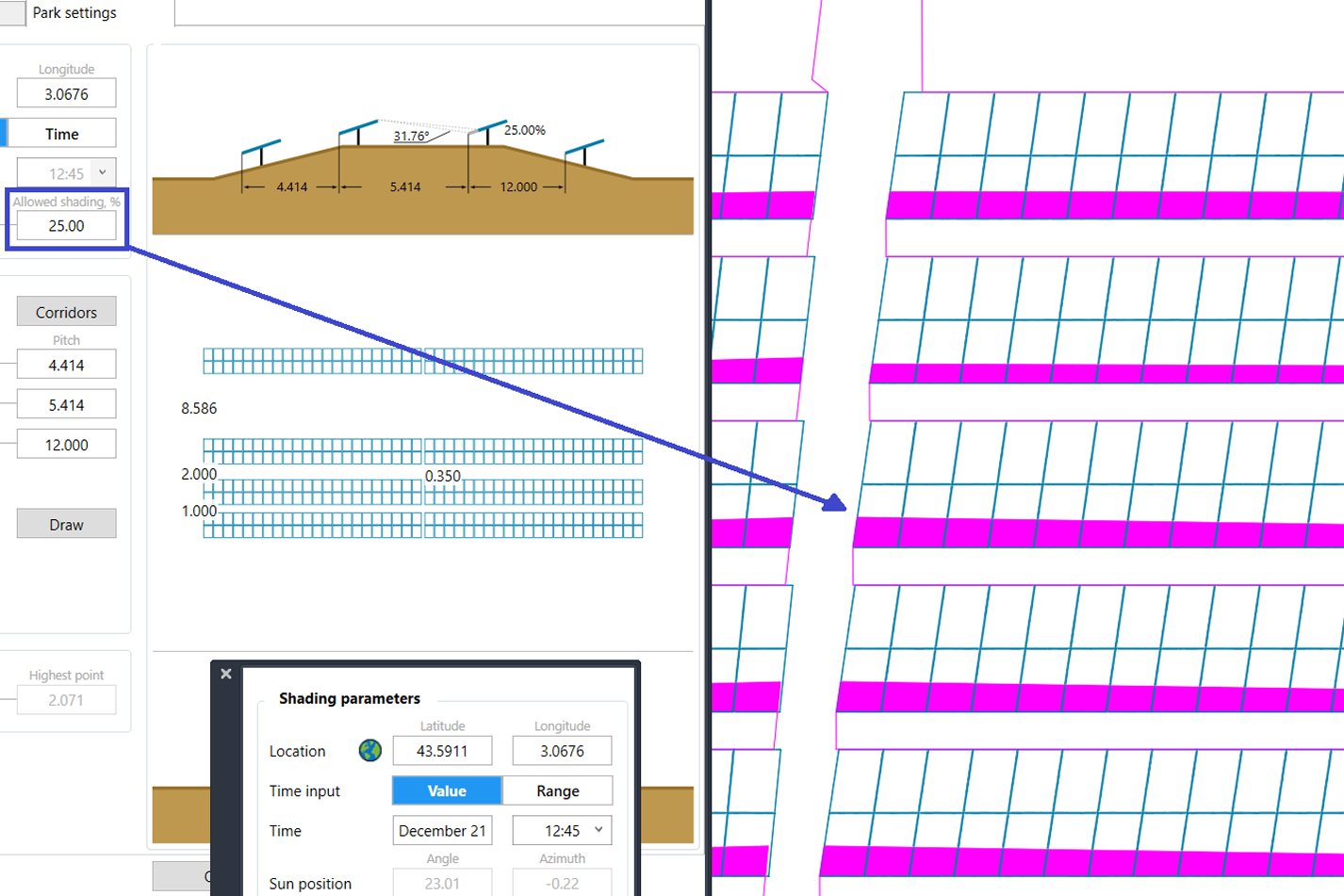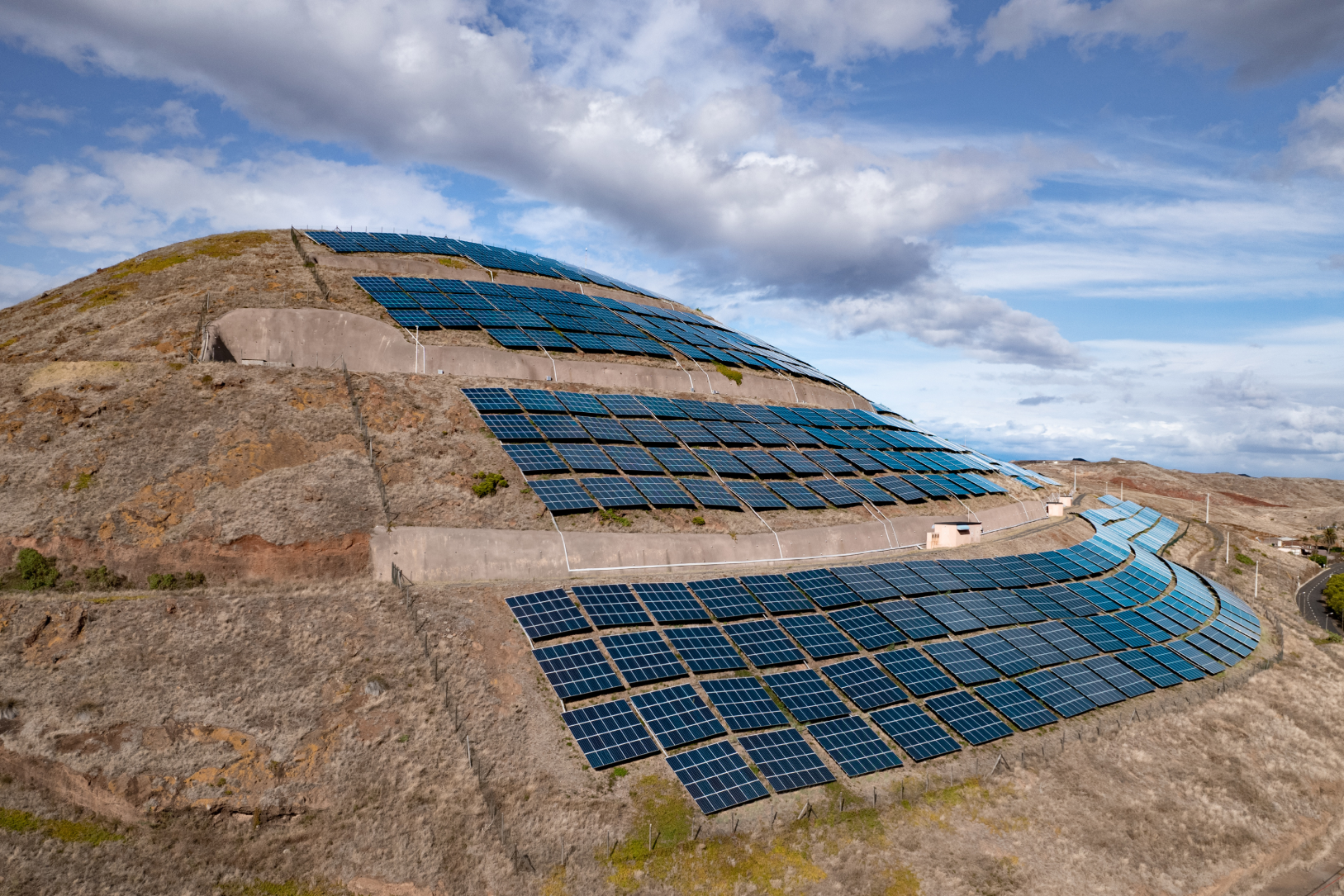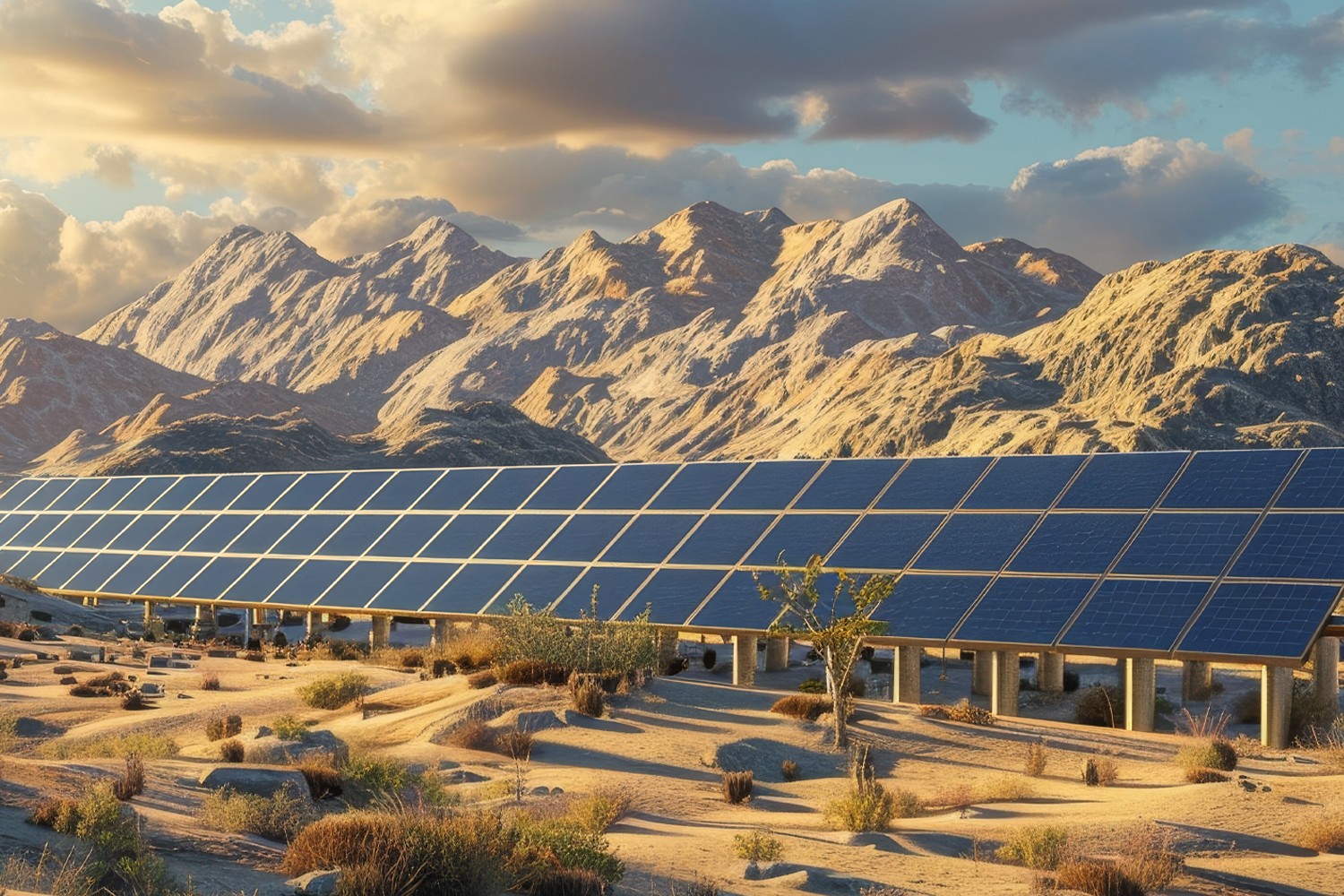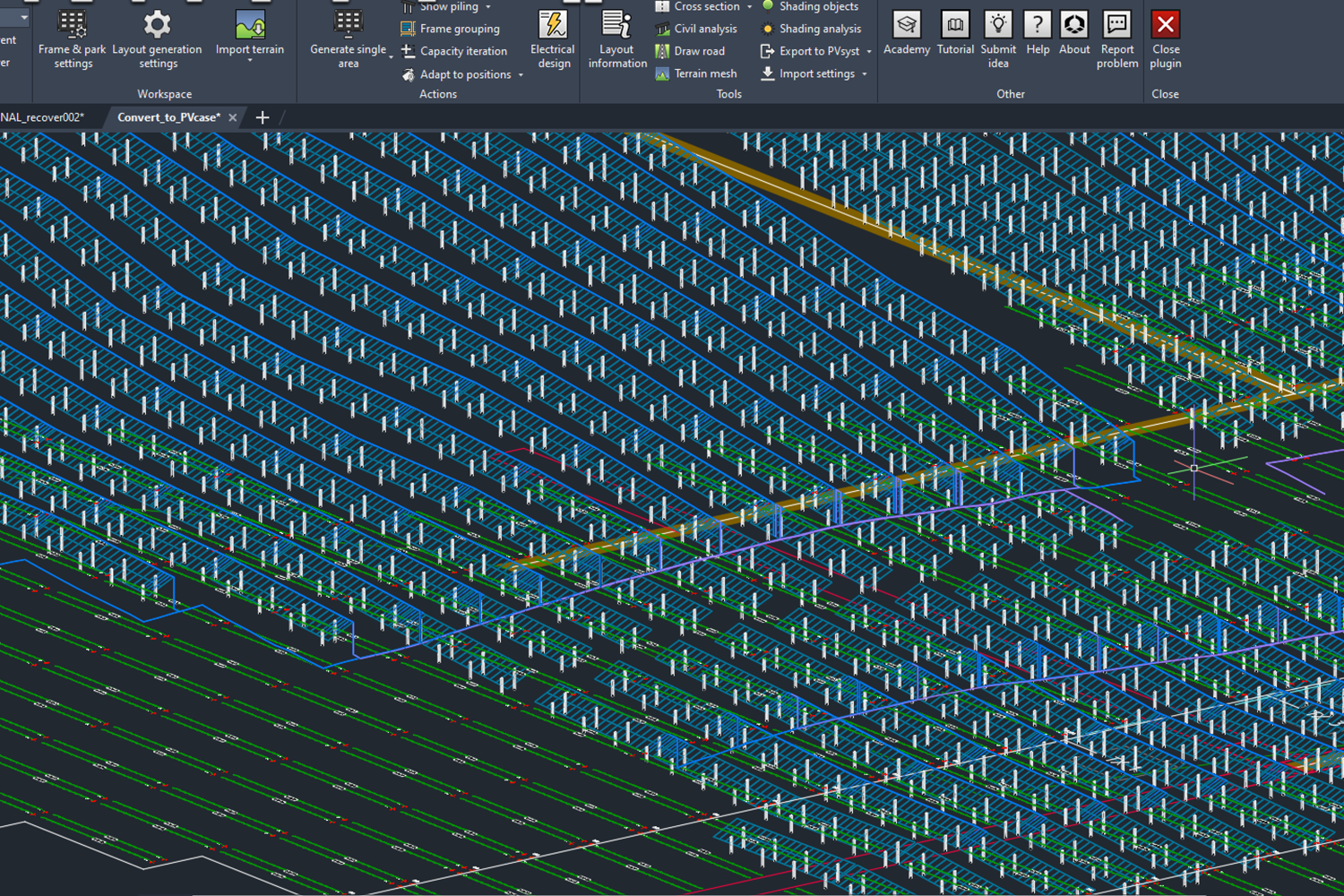PVcase and Anderson Optimization (AO) announce the integration of their products that will significantly improve the efficiency for solar developers, make it easier to go from site selection to initial design phases, and reduce the data risk while transferring data between platforms.
The integration will save time, reduce back-and-forth processes, and improve accuracy and terrain data adaptation processes for AO and PVcase users. It will address several significant pain points experienced by solar developers and simplify the site file configuration process required to bring them into design platforms. Such processes are complex and time-consuming due to differing requirements of file labeling and structuring by different platforms. This issue complicates the data exchange between developers and site analysts.

Data risk while moving site data between platforms is another significant problem that can potentially increase project soft costs. Typically, site design platforms lack comprehensive and readily accessible site data. This deficiency in data availability may result in the creation of inaccurate initial designs.
To solve all these issues, PVcase and AO have recently launched a custom PVcase formatted export in the AO platform that allows you to export site boundaries, constraint maps, and terrain data from AO to PVcase in just a few clicks. As a result, users can import a site from AO into PVcase Ground Mount. It automatically reads the file in a few seconds. Furthermore, the file is augmented with in-depth topographical data, inherently accessible within PVcase Ground Mount. This empowers users to create more accurate and enhanced initial designs right from the outset.
“The integration allows the user of AO to export a file containing all their project details. This includes any areas that the user has identified in AO, for example, exclusion areas such as environmental zones and buildable areas where the PV can be placed. The Ground Mount user can import this file with the same level of detail available in their AutoCAD environment. It’s great for data loss reduction as no important information is lost when transferring between tools,” says Guy Atherton, PVcase Product Manager.
Megan Young, Vice President of Client & Strategic Initiatives at AO, says: “Making it easy to transition sites from the site selection phase to the initial design phase was a no-brainer when we started working with PVcase. There are so many soft costs from silos for instance that, together, we can now uniquely tackle along the project lifecycle. This is just the tip of the iceberg of what we can do together to solve some of these pernicious problems that plague the industry and slow down getting renewables online.”
Sounds interesting? Then don’t hesitate to book a demo.
You might also be interested in:
March 26, 2025
PVcase Yield product guide: revolutionize solar energy modeling with advanced technology
Download PVcase Yield product guide and discover how PVcase Yield is transforming solar energy modeling with its advanced digital twin technology and physics-based simulations.…
March 25, 2025
The impact of Zoning Data on strategic site selection
Zoning Data encompasses the information used by local governments to classify land use. Learn how this new addition to PVcase Prospect enables solar developers to choose a project…
March 24, 2025
PVcase’s spring product updates: what’s new
PVcase and HeatSpring offer a new training bundle on utility-scale solar engineering for solar designers and engineers.
March 5, 2025
Why fiber data is non-negotiable for data center site selection
Discover why integrating fiber data into your data center site selection process is crucial for reducing costs, accelerating deployment, and improving network resilience.
February 20, 2025
PVcase Ground Mount wins G2 2025 Best CAD & PLM Software award
PVcase and HeatSpring offer a new training bundle on utility-scale solar engineering for solar designers and engineers.
February 18, 2025
PVcase partners with HeatSpring for advanced utility-scale solar training
PVcase and HeatSpring offer a new training bundle on utility-scale solar engineering for solar designers and engineers.
February 3, 2025
Solving ground mount solar design challenges. A guide by engineers, for engineers
Download our e-book for expert insights and actionable solutions to the common pain points you encounter in your day-to-day work, and start taking back your development time.
January 15, 2025
Award-worthy solar software: PVcase’s impact in 2024
Explore how PVcase's award-winning product suite is combating climate change through innovative software and what achievements were recognized the most.
January 14, 2025
Top 10 questions asked during the PVcase Digital SmartUp’24 — answered
Customers ask, we answer — read the article to find answers to the top 10 most asked questions at the exclusive PVcase Digital SmartUp'24 event.
January 10, 2025
Developing solar projects on challenging land
Solar developers face fierce competition, congested grids, and a shrinking pool of ideal sites. What's the solution? Read and and learn how to develop on challenging land instead.
December 12, 2024
Why Locational Marginal Pricing (LMP) data is essential for solar development?
Locational Marginal Pricing (LMP) data helps solar developers forecast profitability, minimize financial risk, and optimize site selection. Let’s break down what LMP data is, its…
December 11, 2024
PVcase product updates — November highlights
With PVcase November updates, you can achieve faster, more accurate results today — no need to make them your New Year’s resolutions. Dive into the major updates from the PVcase…
December 9, 2024
The importance of quality GIS data for solar site selection
Discover the impact of high-quality GIS data on solar site selection. Learn how parcel data, grid capacity, and LMP data optimize solar project development, reduce risks, and…
December 2, 2024
Consequences of extreme weather events: can we still afford it?
Floods, hurricanes, wildfires — whether we want them or not, extreme weather events have become the new normal. This year alone, there have been 24 billion-dollar weather…
November 14, 2024
Fail fast, succeed faster: the developer’s guide to streamlining solar projects with early-stage development software
Discover how solar developers thrive by adopting the 'fail fast, succeed faster' approach. Explore the role of early-stage development software, such as PVcase Prospect, in…


